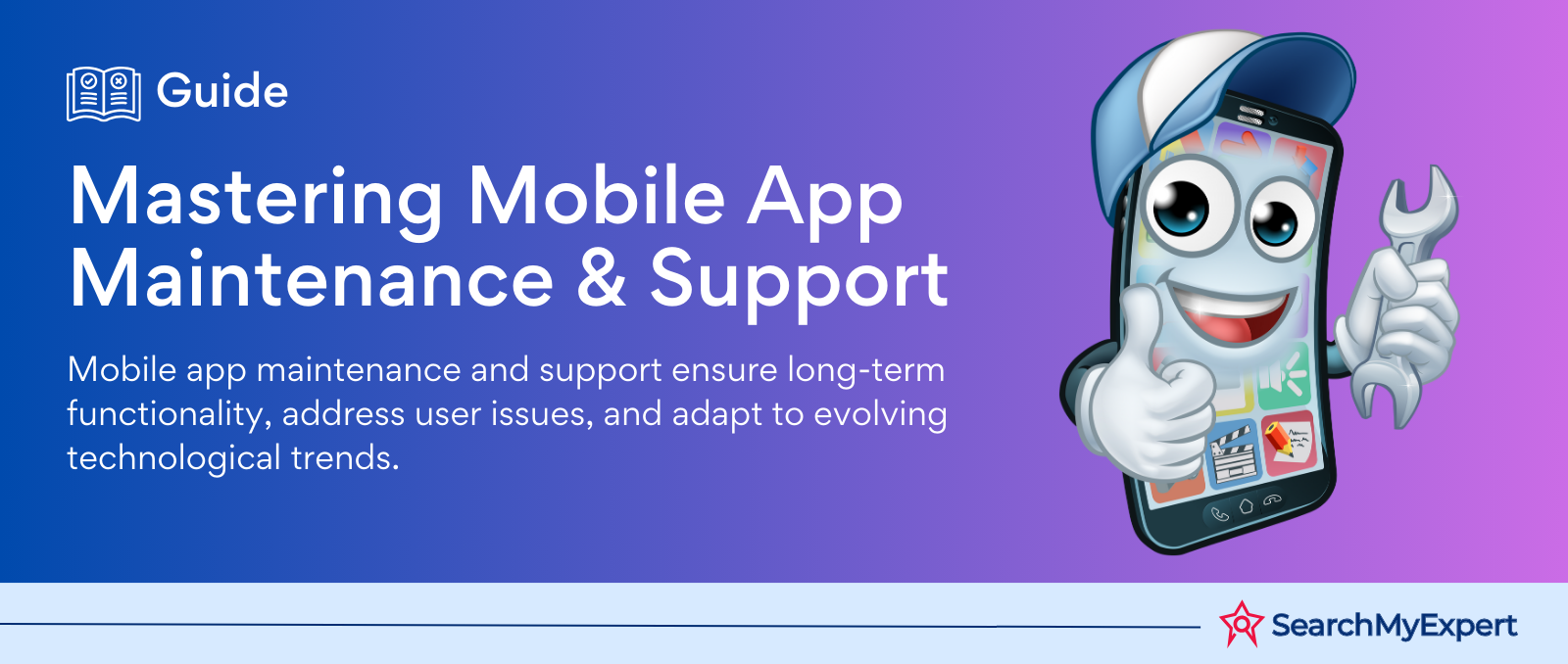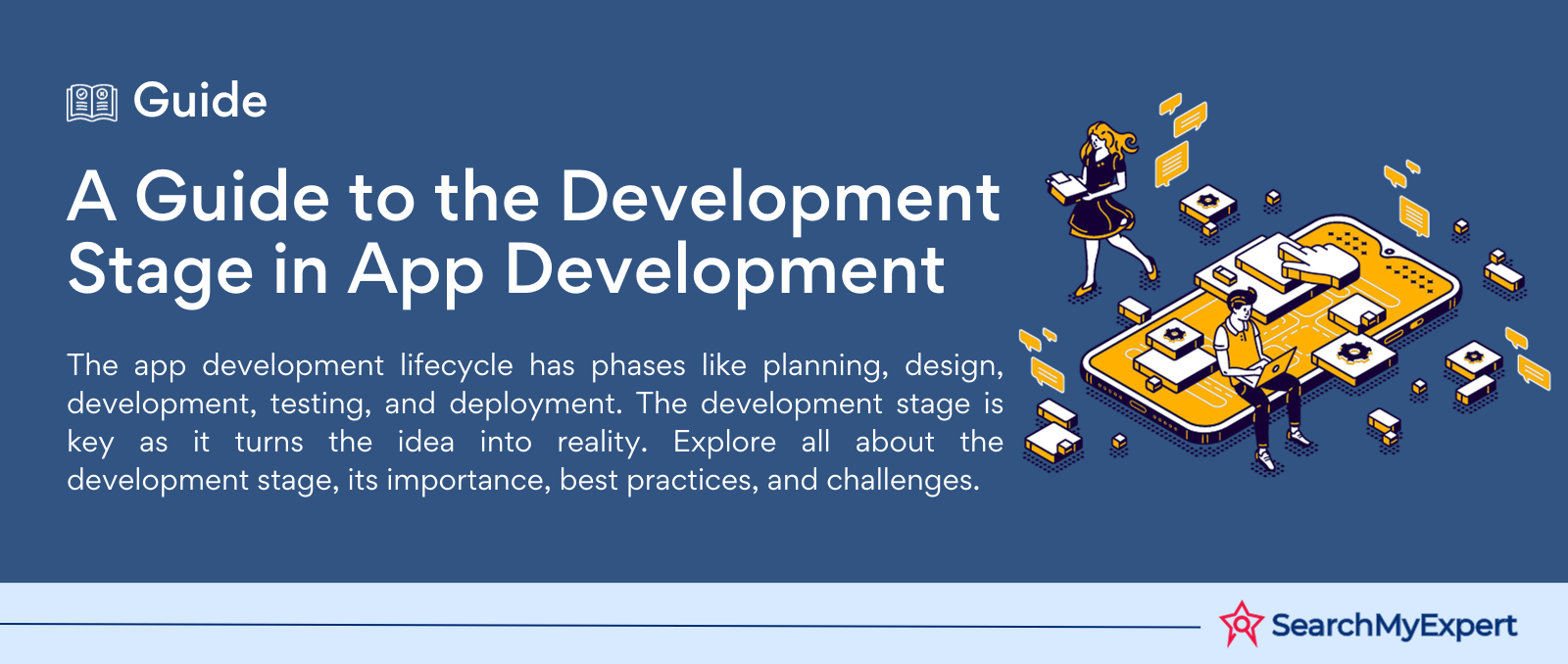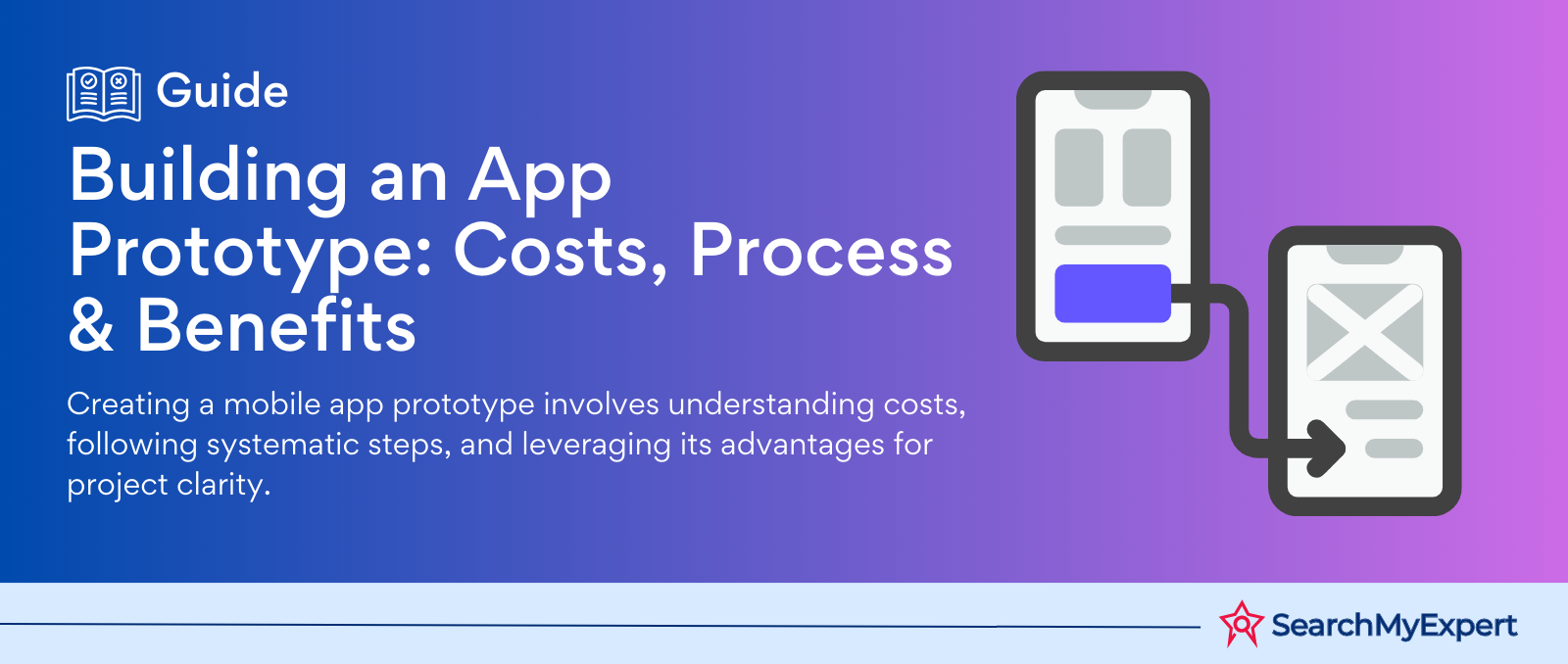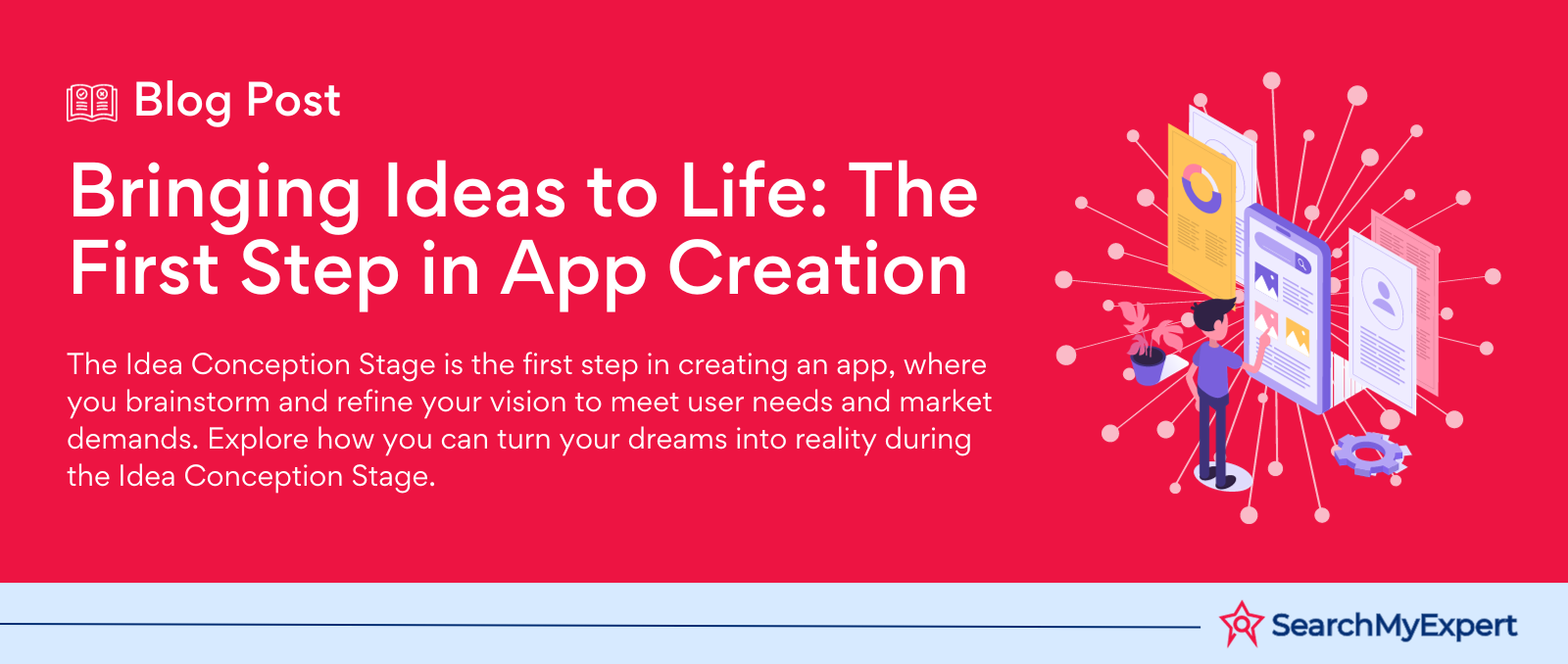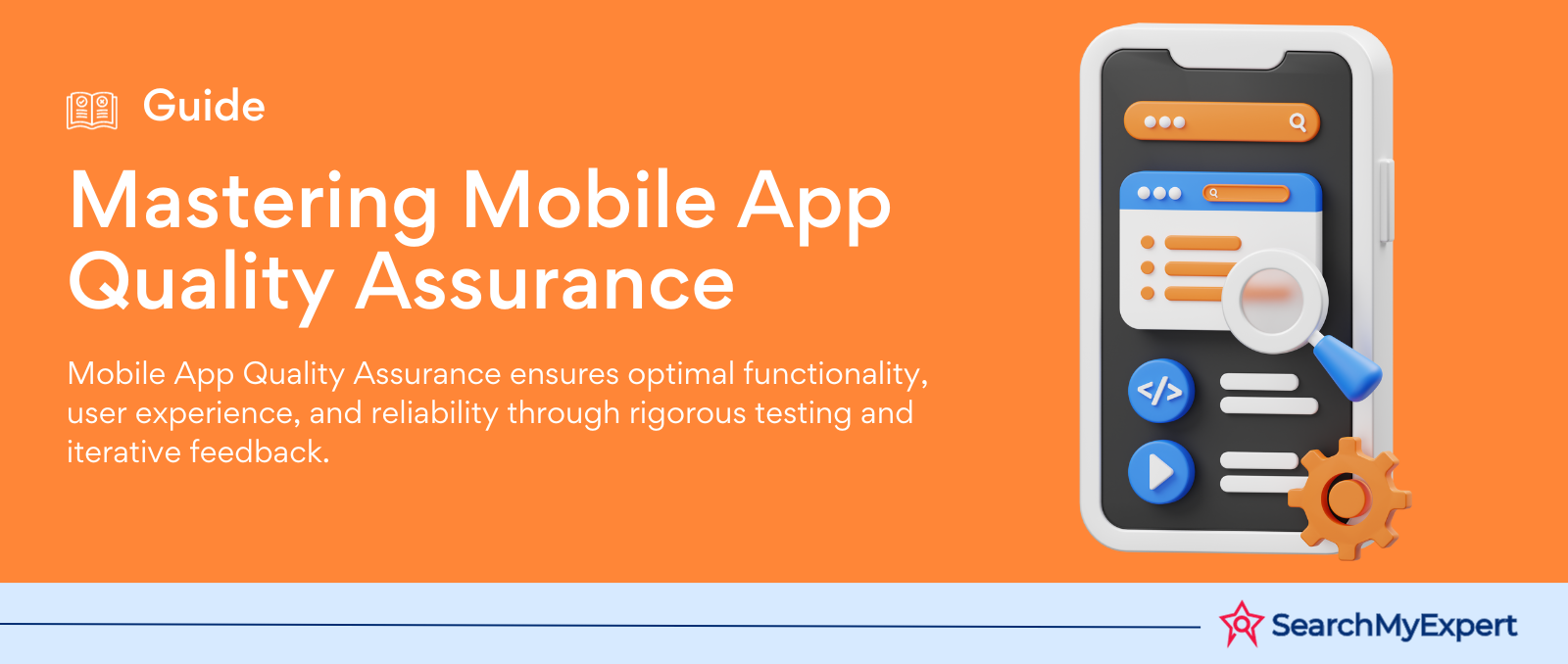Creating Great Logos: Real-World Examples and Expert Advice
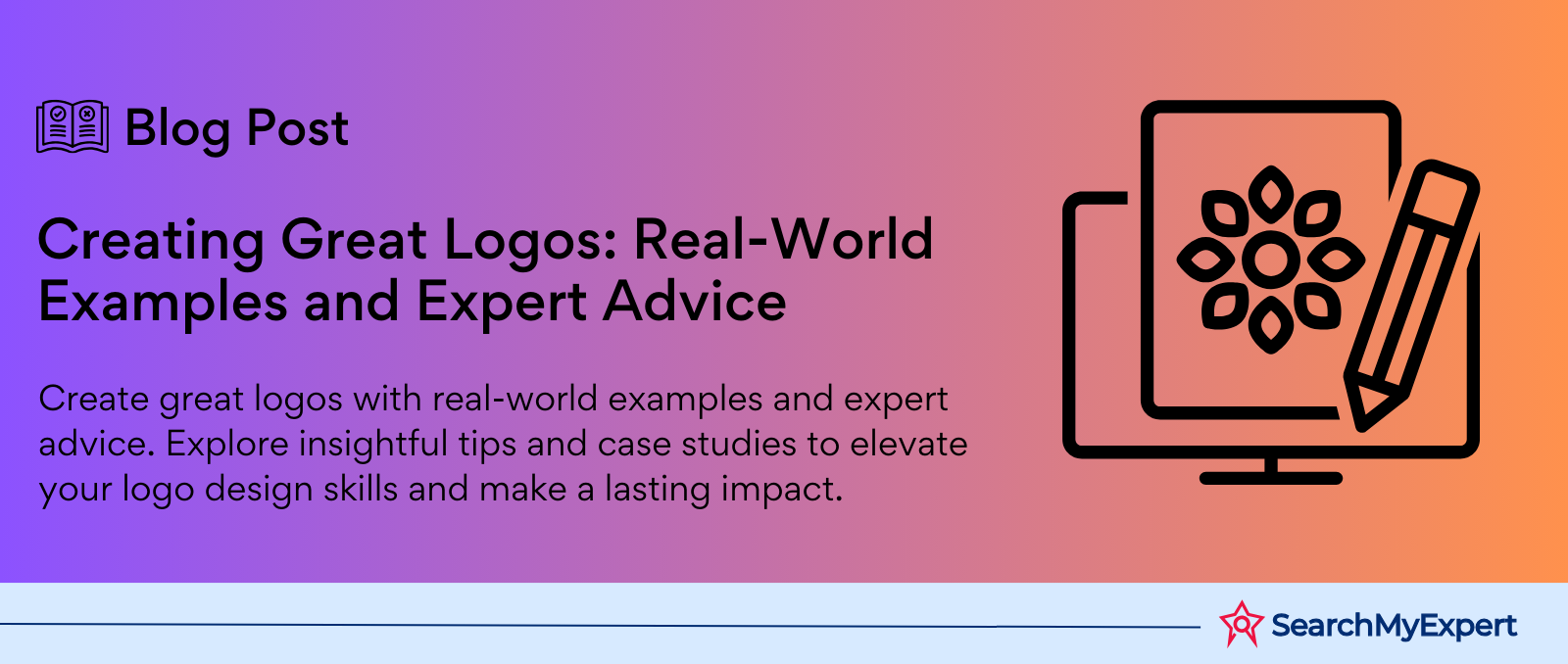
The Power of Logos: Crafting Brand Identity and the Role of Case Studies
The Essence of Logos in Branding
Logos - they're not just symbols. They're the heartbeats of brands, the visual whisper that tells a story without a single word. In the bustling bazaar of businesses, logos stand as beacons, guiding customers to their desired destinations. They are the silent spokespersons of brands, embodying the essence, values, and uniqueness of a company. A well-designed logo can elevate a brand, making it memorable and distinct. It's the first impression, often the lasting one, and the bridge between a business and its audience.
The Value of Logo Design Case Studies
For those who craft these vital brand symbols and for businesses seeking to reinvent or establish their identity, logo design case studies are invaluable treasures. These case studies are not just portfolios; they are narratives that reveal the journey of a logo from a mere concept to a brand identifier. They offer insights into the creative process, the challenges encountered, and the strategies employed to overcome them. For aspiring designers, these case studies are a rich source of inspiration and learning. For businesses, they provide a glimpse into the transformative power of effective logo design in building a strong, recognizable brand.
Delving Deep: Understanding the Client and Brand in Logo Design
Understanding the Client and Brand
Facing the Design Challenges
In the realm of logo design, understanding a client's needs and brand essence is akin to deciphering a complex puzzle. Each client brings unique challenges, often steeped in the need to stand out while embodying their core values and message. These challenges range from creating a design that resonates with their target audience to ensuring the logo is versatile across various platforms. It’s a delicate balance between innovation and familiarity, where the logo must be distinctive yet relatable, modern yet timeless.
Embracing Brand Values
Peeling back the layers of a brand reveals its heart – its values. These values are the guiding stars that shape the brand's identity. Whether it's about innovation, sustainability, luxury, or reliability, these values must be intricately woven into the logo’s design. The target audience plays a pivotal role here. A logo for a youthful, tech-savvy crowd will vastly differ from one aimed at a more mature, luxury-oriented demographic. The desired brand personality – be it playful, professional, or avant-garde – also steers the design direction.
The Research Odyssey
Embarking on the research journey is crucial in logo design. This odyssey involves delving into the brand’s market, understanding its position, and scrutinizing the competition. It’s about spotting trends, acknowledging cultural nuances, and identifying gaps that the logo can fill. This research is not just about looking outward; it also involves an introspective view of the brand's history and potential future trajectory. It's a blend of market analysis, consumer psychology, and creative forecasting that shapes a logo capable of standing the test of time and competition.
Navigating Creativity: The Journey of Logo Design Exploration and Refinement
Design Exploration and Refinement
The Birth of Initial Concepts
The genesis of a logo begins with a burst of creativity – the initial concepts. Each concept is a window into a different interpretation of the brand's essence. For instance, one concept might emphasize the brand's heritage through a classic serif font, while another might focus on the brand's innovation with abstract geometric shapes. Each design is backed by a rationale, whether it's a color choice representing the brand's energy or a symbol capturing its ethos. These initial concepts are more than just sketches; they're potential brand identities waiting to be explored.
The Feedback and Iteration Loop
Crafting the perfect logo is a collaborative dance between the designer and the client. Feedback is the rhythm that guides this dance. It's an iterative process where each round of feedback sharpens the focus, refining the concepts closer to the brand's heart. This feedback loop is crucial, as it ensures the logo resonates not just with the designer’s vision but also with the client's expectations and the target audience's perceptions.
Unveiling the Final Design
The culmination of this journey is the final logo design – a design that encapsulates the brand's identity. This logo isn't just a visually appealing symbol; it's a distilled essence of the brand's story, values, and aspirations. It stands as a testament to the journey of exploration and refinement, a symbol that proudly represents the brand in the global marketplace.
Bringing the Logo to Life: Implementation and Its Impact
Implementation and Impact
The Logo in Action: Brand Application
Once the logo is finalized, it's time to see it come to life across various brand touchpoints. This is where the logo starts its journey, from being a digital file to becoming an integral part of the brand's identity. The application ranges from the digital realm like websites and social media platforms to the physical world of packaging, storefronts, and merchandise. Each application is a test of the logo's versatility and adaptability, ensuring it maintains its integrity and impact across different mediums. It's a showcase of how a logo can transform a brand's presence and perception in the market.
Reflecting on Client Impact
The true measure of a logo's success is reflected in the client's feedback and its impact on their brand. Clients often express how the new logo has rejuvenated their brand, giving it a more contemporary, relevant, and professional look. They share stories of increased brand recognition, customer engagement, and even market growth. This feedback is a testament to the power of effective logo design in shaping a brand's future and cementing its place in a competitive market.
Beyond the Surface: Exploring Diverse Logo Design Case Studies
Deeper Dives - Additional Case Studies
Contrast & Comparison: Divergent Design Approaches
In the world of logo design, approaches can vary dramatically, leading to distinct outcomes. Let's analyze two contrasting logo designs. On one hand, we have a minimalist design that uses simple lines and limited color palettes, emphasizing clarity and modernity. On the other, a complex, detailed logo rich in colors and intricate elements, projecting tradition and richness. The minimalist logo thrives in digital contexts, offering clear visibility even at small sizes. In contrast, the detailed logo resonates in luxury markets, where its complexity conveys exclusivity. Both approaches have their effectiveness, tailored to meet specific brand needs and audience expectations.
Evolution of a Logo: The Journey of a Brand
Exploring the evolution of a well-known brand's logo offers a window into the brand's history and its adaptation to changing times. Take, for instance, a global technology company. Initially, their logo may have been text-heavy, reflecting the brand's focus on information and reliability. Over the years, as the brand expanded and technology evolved, their logo transformed into a simpler, more abstract symbol. This evolution signifies the brand's shift towards innovation and its aim to appeal to a broader, more diverse global audience. The changing logo not only reflects the company's growth but also the changing trends and consumer perceptions in the technology industry.
Solidifying Success: Key Principles and Pitfalls in Logo Design
Takeaways and Tips for Success
Essential Design Principles from Case Studies
Reflecting on the case studies, several key principles emerge for effective logo design:
- Simplicity is King: A simple design ensures versatility and memorability. It's easier to recognize and works well across various mediums.
- Relevance to the Brand: The logo must align with the brand's values, message, and target audience. It should tell the brand’s story at a glance.
- Timelessness Over Trends: While staying contemporary is important, a logo should also withstand the test of time and not just be a fleeting trend.
- Balance in Design: Paying attention to balance in color, typography, and composition is crucial. A well-balanced logo is aesthetically pleasing and effective.
- Scalability Matters: A great logo retains its impact whether it's on a billboard or a business card. Scalability is a non-negotiable aspect.
Navigating Common Pitfalls
Avoiding common mistakes can greatly enhance the logo design process:
- Overcomplication: Keep it simple. Overly complex designs can confuse the message and lose impact, especially in small sizes.
- Following Fads Blindly: While it's important to be contemporary, relying too much on current trends can make your logo feel dated quickly.
- Neglecting Client Input: The client’s vision and feedback are crucial. Ignoring them can lead to a logo that doesn’t resonate with the brand.
- Inconsistent Branding: The logo should be consistent with the overall branding strategy. Inconsistencies can dilute brand identity.
- Forgetting the Target Audience: The logo must appeal to the brand’s target audience. Losing sight of this can result in a disconnect with the market.
Conclusion
As we conclude this exploration of logo design, the enduring value of case studies stands out. These real-life examples are not just showcases of creativity; they are reservoirs of knowledge. They offer a unique window into the strategic thinking, creative challenges, and problem-solving skills involved in crafting memorable logos. By studying these case studies, designers and brands can gain invaluable insights into what makes a logo not just good, but great.
Now, armed with the knowledge from these case studies and the principles of effective logo design, it’s your turn to put this wisdom into practice. Whether you're a budding designer or a brand looking to revamp your identity, let these insights guide your creative journey.
Remember, a logo is more than an artistic creation; it’s the visual embodiment of a brand's story, values, and aspirations. Approach your logo design endeavor with clarity, creativity, and a deep understanding of your brand, and watch as your logo leaves a lasting impression in the world of branding.
Craft a brand identity that stands out with our Logo Designing Services
share this page if you liked it 😊
Other Related Blogs

Mastering Docker for App Development: A Comprehensive Guide to Benefits, Use-Cases, and Alternatives
STAY UP TO DATE
GET PATH'S LATEST
Receive bi-weekly updates from the SME, and get a heads up on upcoming events.
Contact Us





